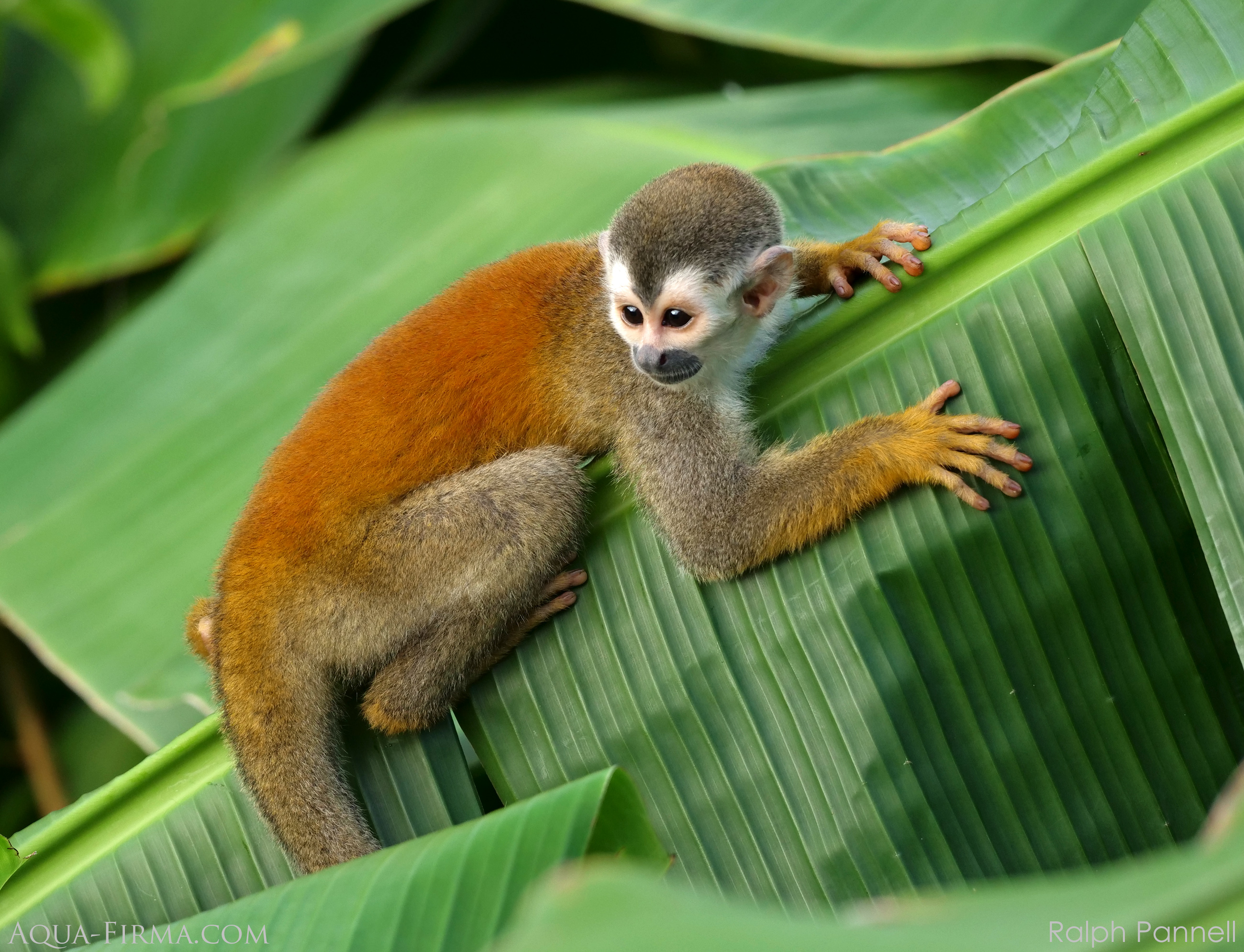Tropical Andes to Amazon
Ecuador
US$3,940
11 days 8th - 18th June 2024
When South America split from Gondwanaland around 180 million years ago, there were no monkeys to take with it. Monkeys evolved much later in Africa, first emerging around 55 million years ago. Some of these reached South America via one of our natural history's most incredible stories, which repeats itself across many species:
From time to time, large storms create floods which carry mini islands of vegetation down a river and out into open sea. Animals seeking safety from floods sometimes drift out to sea on these floating islands. Most perish at sea, but sometimes ocean currents and winds carry them fast enough to new lands to survive the crossing. This is what happened with monkeys, between an estimated 35 - 32 million years ago, sailing across the Atlantic Ocean when the distance between was around 600 miles.

Nowadays, the Atlantic Ocean divides Africa from South America by 1,700 miles, which is too far for mammals to survive a crossing.
New World Monkeys evolved first in what is now eastern South America. It was not until the tectonic Andes collided with the modern day Amazon, and the Isthmus of Panama linked South America and Central America, did monkeys spread northwards. This late arrival explains why there are fewer species in Mexico, Central America and South America's Western Choco forests.
Today there are five families of New World Monkey (Ceboidea), including the loudest land mammal on Earth, the Howler Monkey; to the very smallest, the Pygmy Marmoset, which weighs in at just 190g (6.5 oz) full grown.
Here is a list of the families and main sub-groups, with links to details and photographs to some of those you are most likely to see travelling with Aqua-Firma around Latin America - notably in Ecuador, Belize, Costa Rica, Peru and Brazil.
Atelidae - Howler Monkeys, Spider Monkeys, Woolly Monkeys and Woolly Spider Monkeys
Cebidae - the Capuchins & Squirrel Monkeys
Pitheciidae - Titis, Sakis & Uakaris
Aotidae - night or owl monkeys
Callitrichidae - the Marmosets & Tamarins
Conservation
The biggest threat to New World Monkeys is the loss of habitat through deforestation. Isolation is another problem associated with deforestation, where populations are separated into islands of forest where in-breeding will become inevitable. Hunting monkeys for food is a major problem for larger primates; whilst the pet trade is a threat for all sizes.
To see what Aqua-Firma has been doing to help New World Monkeys and their habitats in visit: https://aqua-firma.com/rainforest4climate